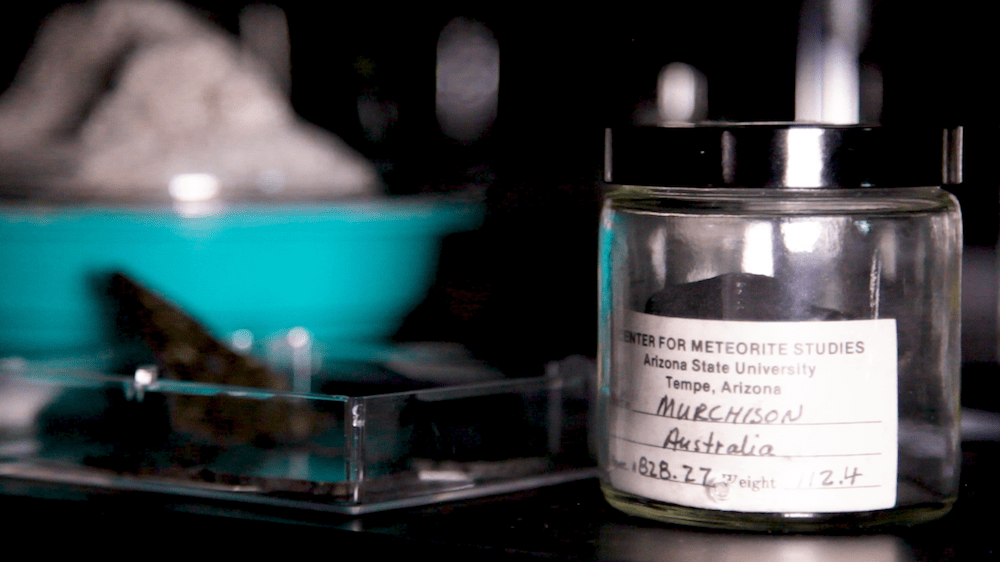
There are two types of nucleobases present in DNA and RNA: pyrimidine nucleobases that consist of a single six-membered nitrogen (N) heterocyclic ring whose N atoms are always in the one and three positions and include cytosine (C 4H 5N 3O), uracil (C 4H 4N 2O 2), and thymine (C 5H 6N 2O 2), and purine nucleobases that consist of six-membered and five-membered two ring N-heterocyclic structures whose N atoms are always in the 1, 3, 7, and 9 positions, including adenine (C 5H 5N 5) and guanine (C 5H 5N 5O). Nucleobases, one of the structural components of nucleic acids, have also been identified in carbonaceous chondrites (ref. Moreover, a recent analysis of meteorite extracts using ultra-high-resolution mass spectrometry revealed the presence of several hundreds of thousands of soluble organic species in the Murchison meteorite 8, 9, 10, strongly suggesting wide chemical diversity resulting from molecular evolution in each individual thermal history of the parent body. The scientific justification for choosing C- and B-type asteroids for sample return missions is that these carbon-rich asteroids are plausible parent bodies of carbonaceous chondrites 1, 2, in which diverse suites of primordial organic molecules of astrochemical interest, including amino acids and sugars, have been detected 3, 4, 5, 6, 7.

Recent sample return missions from the asteroids Ryugu (C-type) and Bennu (B-type) led by the Japan Aerospace Exploration Agency (JAXA) and the National Aeronautics and Space Administration (NASA), respectively, will provide us with important insights into the evolution of extraterrestrial organic molecules, and potential clues regarding the origins of life on Earth through chemical analyses of pristine extraterrestrial materials that have not been significantly compromised by terrestrial contamination.

This study demonstrates that a diversity of meteoritic nucleobases could serve as building blocks of DNA and RNA on the early Earth. Given the similarity in the molecular distribution of pyrimidines in meteorites and those in photon-processed interstellar ice analogues, some of these derivatives could have been generated by photochemical reactions prevailing in the interstellar medium and later incorporated into asteroids during solar system formation. In addition to previously detected purine nucleobases in meteorites such as guanine and adenine, we identify various pyrimidine nucleobases such as cytosine, uracil, and thymine, and their structural isomers such as isocytosine, imidazole-4-carboxylic acid, and 6-methyluracil, respectively.

Here we report the detection of nucleobases in three carbonaceous meteorites using state-of-the-art analytical techniques optimized for small-scale quantification of nucleobases down to the range of parts per trillion (ppt). The lack of pyrimidine diversity in meteorites remains a mystery since prebiotic chemical models and laboratory experiments have predicted that these compounds can also be produced from chemical precursors found in meteorites.


 0 kommentar(er)
0 kommentar(er)
